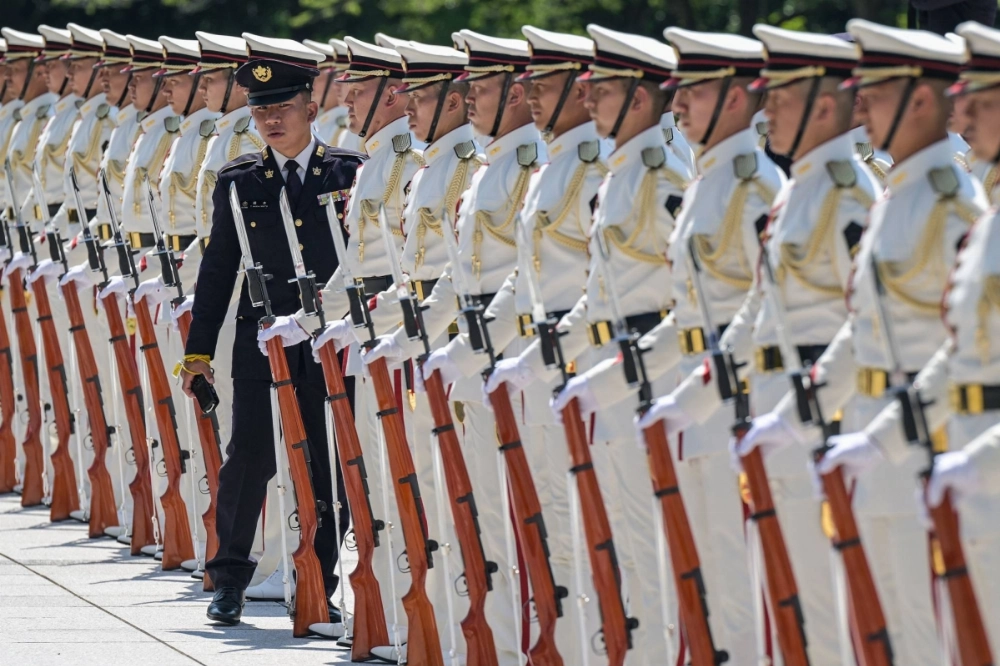The international community has entered “a new era of crisis,” according to Japan’s annual defense report released Tuesday, with China representing Tokyo’s “greatest strategic challenge” and U.S. President Donald Trump’s policies expected to “significantly impact” the Indo-Pacific region.
The report, which was approved by the Cabinet at a meeting the same day, is packed with tough assessments of the regional security environment Japan faces, as well as a detailed description of progress it has made in strengthening its own defenses.
“The international community is facing its greatest challenge since the end of the war and has entered a new era of crisis,” the white paper says. “The issues ... are particularly pronounced in the Indo-Pacific region, where Japan is located, and are likely to become even more serious in the future.”


















With your current subscription plan you can comment on stories. However, before writing your first comment, please create a display name in the Profile section of your subscriber account page.